EDITORIAL
Published on 21 Dec 2021
Editorial: Mechanisms of Cell Adhesion in Hematopoietic Stem Cells
doi 10.3389/fcell.2021.826554
- 1,101 views
7,870
Total downloads
34k
Total views and downloads
Select the journal/section where you want your idea to be submitted:
EDITORIAL
Published on 21 Dec 2021
ORIGINAL RESEARCH
Published on 22 Oct 2021
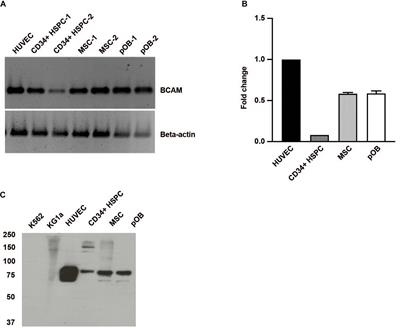
ORIGINAL RESEARCH
Published on 24 Jul 2020
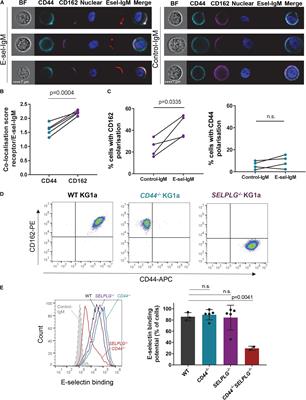
REVIEW
Published on 10 Jul 2020
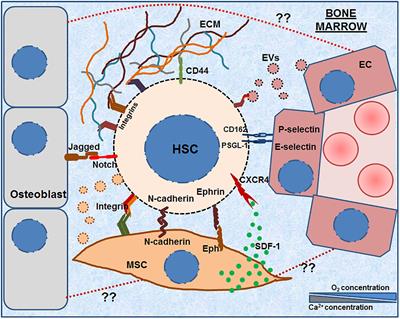
MINI REVIEW
Published on 09 Jul 2020
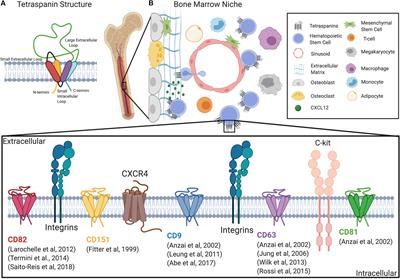
REVIEW
Published on 09 Jul 2020
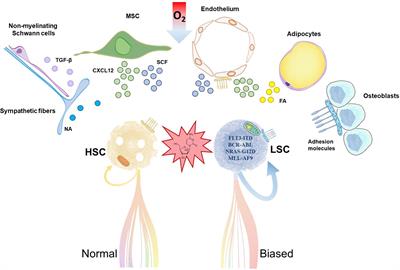

Frontiers in Genetics